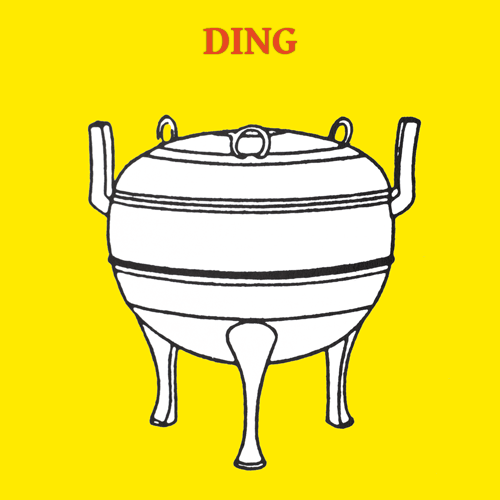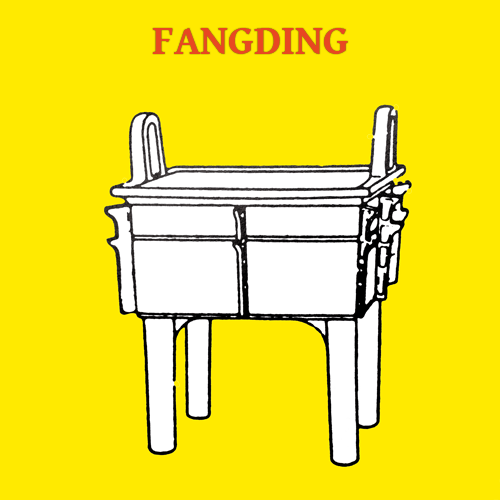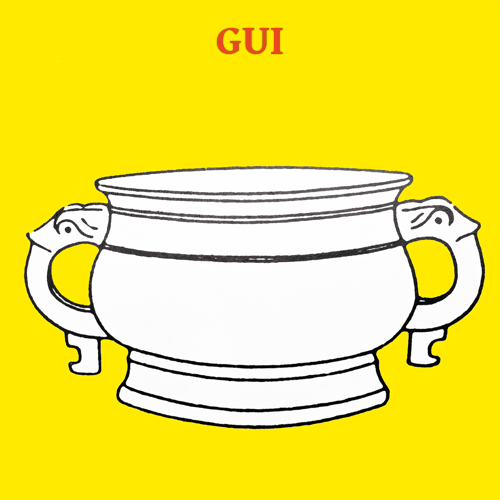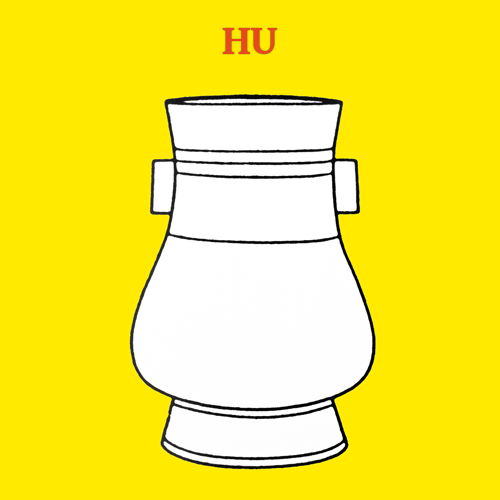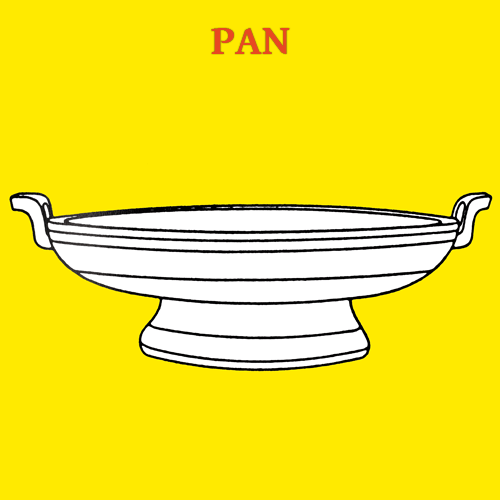
This reference page lists some of the most popular Chinese archaic bronze forms of the Shang and Zhou dynasties. Many of these bronze forms are based on earlier ancient ceramic examples and were also reproduced in later periods in other materials including porcelain and cloisonné. Illustrations on this page show only general shapes of vessels and omit the decoration. Most commonly found decorative motif on Shang and Zhou ritual bronze vessels is animal-like ‘taotie’ mask with large bulging eyes and curved horns. This list is by no means complete and includes only some of the most commonly used bronze forms of the Shang and Zhou dynasties.
Visit our Resources for Dealers and Collectors of Asian Art for more helpful reference pages.
